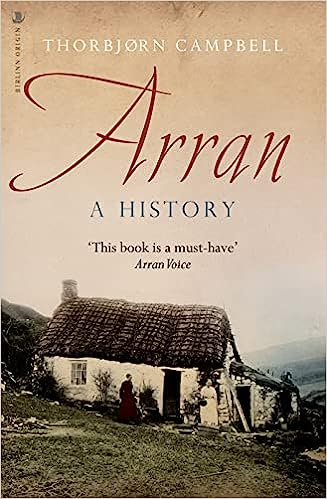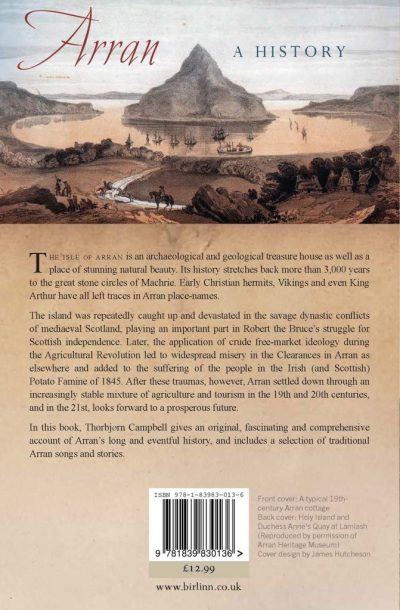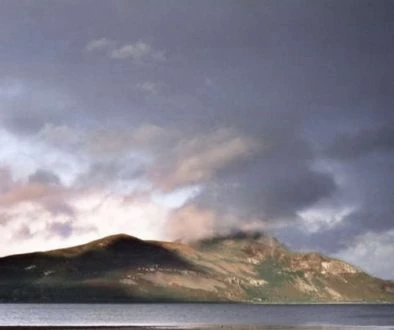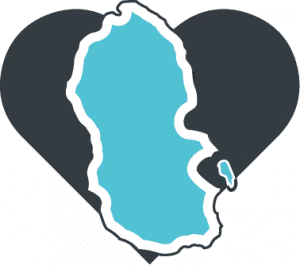
Discovering the Enigmatic History of Arran
Unravelling the Ancient Footprints on the Isle of Arran
As you set foot on the soil of the captivating Isle of Arran, you embark on a journey following in the footsteps of countless travellers who came before you. This remarkable island has a rich history that dates back over 200 million years, leaving behind traces of ancient creatures like the Chirotherium, a long-legged lizard-like creature. These footprints serve as a testament to the island’s captivating past, which is woven into its burial cairns, castles, standing stones, and axe heads. Through photographs, written records, and oral traditions, the residents of Arran continue to contribute to the captivating narrative of this intriguing island.
From Ancient Hunters to the Rise of Farming (7000-4000 BC)
In the Middle Stone Age, between 7000 and 4000 BC, the Isle of Arran welcomed its first visitors: hunters and fishermen who splashed ashore. These early settlers were followed by farmers who introduced animals and cereal crops to the land, marking the beginning of Arran’s history with its people. As time went on, Arran transitioned through the Bronze and Iron Ages, eventually becoming a part of Dalriada, a kingdom ruled by Ireland where Gaelic was the predominant language. Interestingly, while Roman galleys sailed the Clyde, no evidence of their landing on the island has ever been discovered. It’s perplexing to think that they didn’t seize the opportunity to venture to Arran for a weekend getaway.
Table of Contents:
The Mark of Religion and Spiritualism
Religion began to leave its mark on Arran in 545 with the establishment of a monastery by St. Brendan, the patron saint of sailors, possibly at Kilpatrick. While St. Columba is said to have visited Arran, it is his disciple St. Molois who settled in a cave on the Holy Isle sometime after 585, becoming deeply associated with Arran. Interestingly, the spiritual aura of the Holy Isle endures to this day, as it now serves as a Buddhist retreat, welcoming visitors from all walks of life.
Viking Domination and Shifting Powers
By 800, Arran had entered a long period of Viking domination. The blood of the Vikings undoubtedly mingled with that of the islanders, as Olaf the White had gained control of the Firth of Clyde by 870. The remains of a Viking ship burial at Kings Cross are thought to date back to this period. Over the years, Arran saw a tumultuous exchange of power between the Vikings, Celts, Stewarts, Somerled (Lord of the Isles), and his descendants. The Battle of Largs in 1263 marked a turning point in the decline of Viking dominance, as the Scots, led by Alexander the 4th Steward of Scotland, defeated the Vikings under Haakon of Norway. In 1371, Robert II, a Stewart, ascended to the throne of Scotland, and Arran became his favoured hunting ground. Throughout the 1400s, the island fell victim to raids by the English, the MacDonalds, Donald Balloch, and the men of the northern Isles. These chaotic times must have left the islanders in a constant state of confusion, exclaiming, “Oh no, the MacDonalds raided last week!”
Feuds, Castles, and Changing Hands
The 1500s were marked by ongoing feuds and conflicts. The Earl of Arran title was granted to the Hamilton family, which led to a feud between the Hamiltons and the Cunninghams. The infamous Battle of Brodick Castle in 1544 was a significant event during this period. The castle, originally belonging to the Cunninghams, was attacked by the Hamiltons, resulting in the castle being seized and held by the Hamiltons for several years.
During the 16th and 17th centuries, Arran changed hands multiple times due to political and power struggles. The island was involved in the Wars of the Three Kingdoms, with conflicting allegiances between Royalists and Covenanters. The presence of various castles on the island, including Brodick Castle, Lochranza Castle, and Kildonan Castle, attests to the strategic importance of Arran during these turbulent times.
Industrialization, Tourism, and Modern Arran
The 18th and 19th centuries brought significant changes to Arran as industrialization took hold. The island became known for its granite quarries, producing high-quality building materials that were used in construction projects across the UK. The extraction of granite contributed to the growth of settlements like Lamlash and Whiting Bay, where workers lived and commuted to the quarries.
In the late 19th century, Arran started to attract tourists, drawn to its stunning landscapes, wildlife, and fresh sea air. The arrival of the railway in 1877 made the island more accessible, and visitors flocked to Arran for leisure and relaxation. The island’s popularity as a holiday destination continued to grow throughout the 20th century, with the development of hotels, golf courses, and outdoor recreational activities.
Preserving and Celebrating Arran’s Heritage
Arran’s rich history and heritage continue to be cherished and celebrated by its inhabitants. Local communities, historical societies, and organizations actively work to preserve and promote the island’s cultural heritage. Museums like the Arran Heritage Museum in Brodick provide insights into the island’s past through exhibitions, artefacts, and interactive displays.
Events such as the Arran Folk Festival, Highland Games, and various traditional music and dance gatherings showcase the vibrant living traditions of the island. Additionally, the Arran Arts Heritage Trail guides visitors to significant historical and cultural sites, enabling them to delve deeper into the island’s fascinating past.
A Tapestry Woven Through Time
As you conclude your exploration of the Isle of Arran, you realize that its enigmatic past is not just a series of isolated events but a tapestry woven through time. From the footprints of ancient creatures to the echoes of Viking conquests, religious sanctuaries, feudal feuds, and the arrival of industrialization and tourism, Arran’s history is a captivating blend of influences and stories.
By experiencing the remnants of the past, engaging with the local community, and immersing yourself in the natural beauty of the island, you have embarked on a journey that deepens your understanding and appreciation of Arran’s enduring legacy. As the sun sets on the rugged coastline, you bid farewell to this timeless island, carrying its stories and memories with you as you venture back to the mainland, forever touched by the allure of the Isle of Arran.
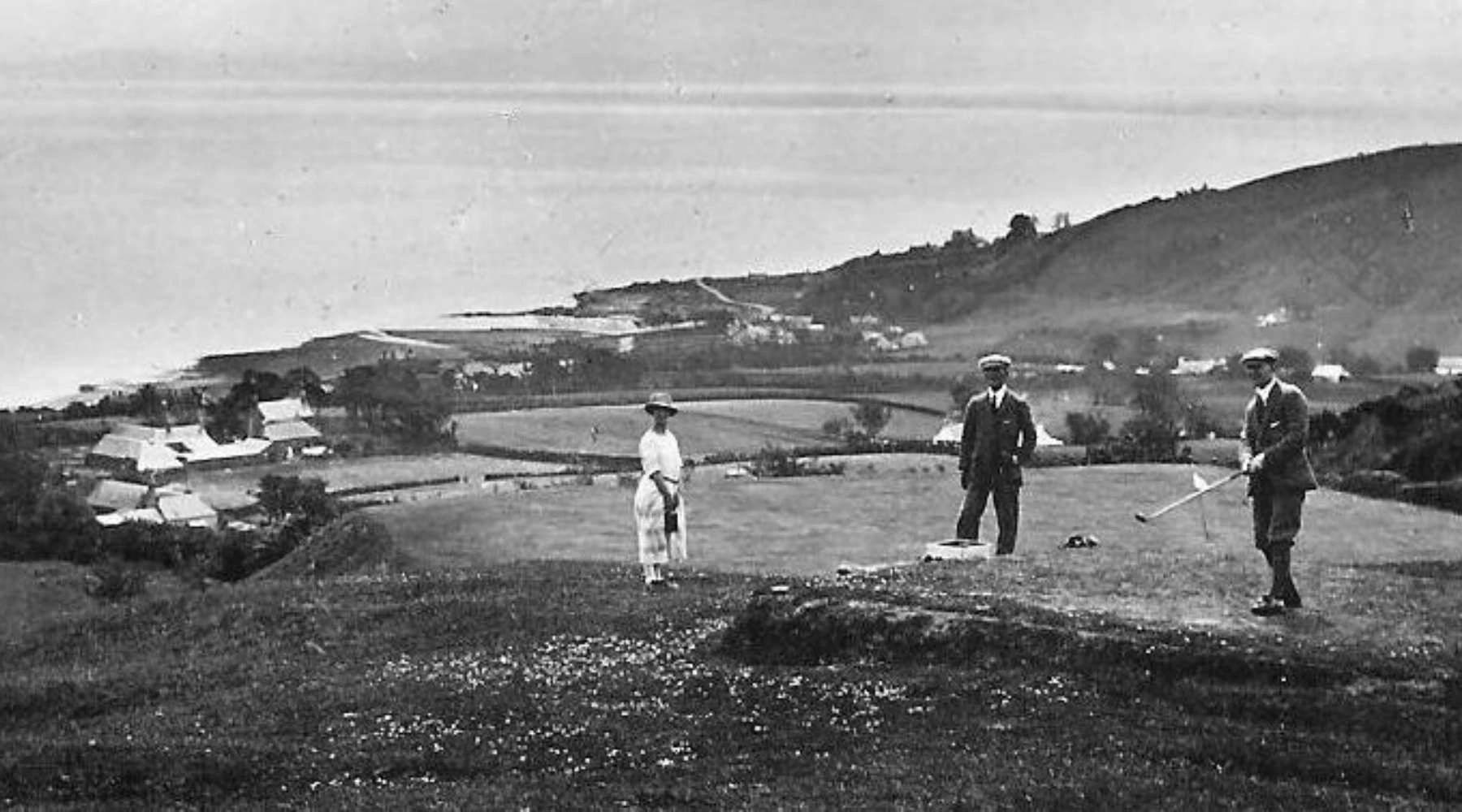
Want To Read More About The History of Arran?
Delve into the captivating history of Arran, a Scottish island adorned with ancient stone circles, Viking tales, and tumultuous medieval struggles. In “The History of Arran” by Thorbjörn Campbell, discover the island’s 5,000-year-old stone circles and the enduring remnants of its past at Machrie.
Uncover the Viking occupation that left its mark for centuries and follow in the footsteps of King Robert the Bruce, who began his triumphant comeback from Arran. Witness the island’s turbulent medieval conflicts and the transformative impact of the Industrial Revolution, leading to the Highland Clearances and the Great Irish Potato Famine.
Finally, explore Arran’s path to stability through agriculture and tourism, where tradition and progress find harmony. Campbell presents an original and comprehensive account, weaving legends and facts to unveil the vibrant tapestry of Arran’s eventful history.
This book is an essential guide for those seeking to immerse themselves in the captivating story of this enchanting Scottish treasure.
